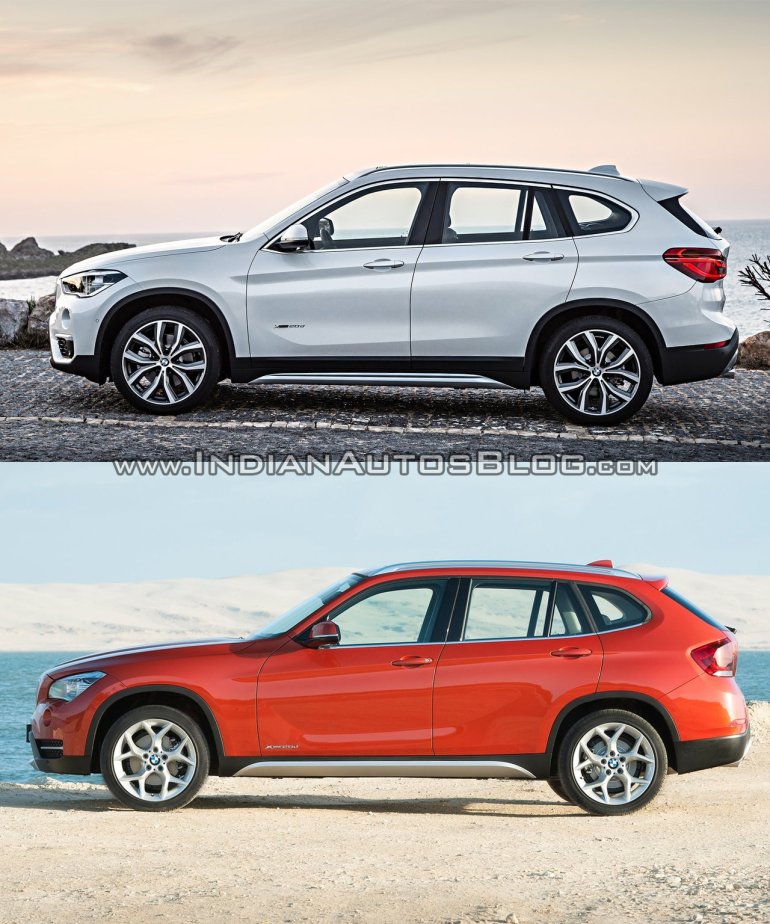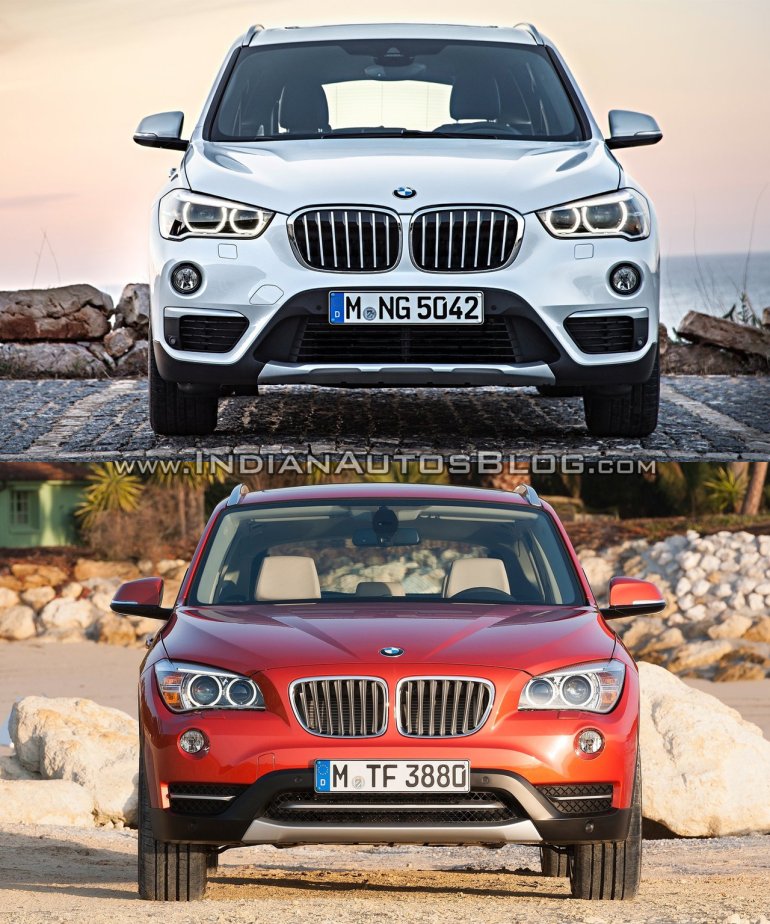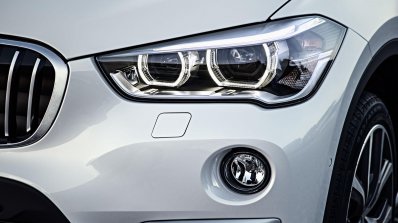2016 BMW X1 vs 2014 BMW X1 - Old vs New
Based on the new UKL front-wheel-drive platform.
One of BMW India's most popular offerings, the BMW X1, has jumped to its next generation, featuring a re-designed exterior/interior, an all new platform, and a revised engine lineup. It will make its world debut at the 2015 Frankfurt Auto Show, followed by a German launch in October. For the Indian market, the showcase and launch is expected in the first half of 2016, and should continue to be brought into the country via CKD kits, which are assembled at the factory in Chennai.
Below is a pictorial comparison of the 2016 BMW X1 with the outgoing BMW X1 that covers all key aspects and changes.
2016 BMW X1 Exterior
To put it briefly, the exterior design of the new BMW X1 is an evolutionary step forward. While the basic low-slung crossover silhouette is intact, BMW has re-designed many key elements to give it a fresh new look. Up front, the new BMW X1 gets a larger pair of kidney grilles flanked by a sleeker set of LED (optional) headlamps, a sculpted front bumper with round fog lamps, and an updated lower fascia design.
The 2016 X1 measures 4,439 mm in length, 1,821 mm in width, 1,598 mm in height and 2,670 mm in wheelbase. While the overall length is 36 mm shorter than its predecessor, it has grown 21 mm wider and 53 mm taller, thus increasing interior space and improving road presence. The side profile looks almost similar, save for a stronger shoulder line, sleeker window area, and new alloy wheel designs.
At the back, the most noticeable changes are new LED taillamps, well defined trunk lid, and a dual exhaust arrangement nestled in a re-designed bumper.
2016 BMW X1 Interior
The interior of the new BMW X1 represents a much bigger change, as compared to its exterior. Borrowing design cues from the latest Bimmers, the new X1 features a flowing dashboard that houses a freestanding LCD Control Display running BMW's latest iDrive infotainment system, a new center console design separated from the center tunnel, lower-button count, and a new 3-spoke multifunction steering wheel.
Furthermore, the interior looks more up-market thanks to the generous use of chrome, wood and piano black trim materials, while customization options for the seats have been increased further with the introduction of new xLine, Sport Line and M Sport variants.
The increase in exterior dimensions have left 37 mm more knee room at the rear, while boot space is rated at 505 liters, which is 85 liters more than the first generation X1.
Equipment wise, the new BMW X1 comes with a Head-up Display, which projects vital information in the driver's field of view, and a Navigation Plus option that comes with the 8.8-inch Control Display (up from the standard 6.5-inch screen) and an improved instrument cluster that displays route directions in the in-built TFT display.
Also fitted is the "Driving Experience Control" switch on the centre console as standard equipment, allowing the driver to select either COMFORT, SPORT or ECO PRO modes.
2016 BMW X1 Engines
Powering the 2016 BMW X1 is a range of four-cylinder petrol and diesel units with BMW’s TwinPower Turbo technology. For the Indian market, the X1, though not confirmed, should pack a 2.0-liter four-cylinder diesel unit available in 3 power rates: an X1 sDrive18d with 150 hp/330 Nm, an X1 sDrive20d with 190 hp/400 Nm, and an X1 xDrive25d with 231 hp/450 Nm. The fuel consumption (European standard) and emission for the three engines are rated at 29.29 km/L and 109 g/km, 24.49 km/L and 128 g/km, and 24.02 km/L and 132 g/km, respectively.
While the base sDrive18d features a six speed manual and optional 8-speed automatic transmission, the rest of the variants are paired to the automatic transmission. For base variants, the new BMW X1 transfers power to the front wheels, whereas the xDrive AWD system is available for top-spec models. According to BMW, the new xDrive system all-wheel-drive system is lighter and more efficient than before, as torque losses are reduced by around 30 per cent.
BMW claims that the new X1 grants a 17 percent reduction in fuel consumption and CO2 emissions, thanks to the revised engine lineup and the new UKL platform, which has allowed engineers to shed 135 kg from its predecessor; weighing a mere 1,430 kg.


























